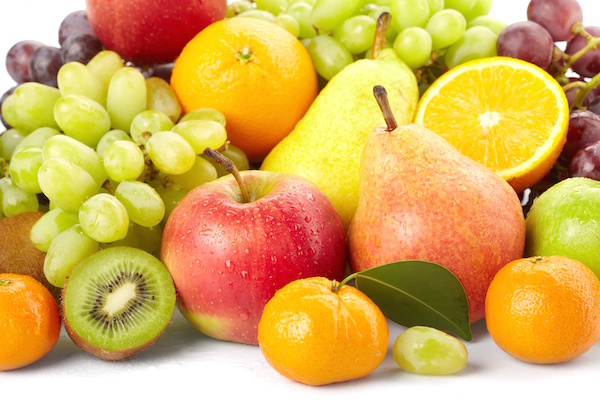
TUESDAY, April 3 (HealthDay News) — Eating broccoli, one of the top “super foods,” and other cruciferous vegetables may improve your odds for breast cancer survival, a new study suggests.
In a study of women in China diagnosed with breast cancer, researchers found that women who consumed the most cruciferous vegetables were 62 percent less likely to die of breast cancer and 35 percent less likely to have a recurrence of the disease, compared with those who consumed the least.
The most common cruciferous vegetables that the women reported eating were mustard and turnip greens, bok choy, cauliflower and green cabbage. Kale, collard greens and arugula are other cruciferous vegetables.
“This study suggests that cruciferous vegetables and the bioactive compounds in them may be protective against breast cancer,” said Sarah Nechuta, a research fellow in the Vanderbilt Epidemiology Center in Nashville, Tenn., and lead author of the study.
However, it is not clear if this association would be seen for women in the United States, who tend to eat a different assortment of the vegetables — more broccoli, cauliflower and Brussels sprouts than bok choy, Nechuta added.
Previous studies of women in China, the United States and Sweden hinted that higher cruciferous vegetable intake could be linked with reduced risk of developing breast cancer, but the current research is among the first to examine women after a breast cancer diagnosis.
The findings are slated for presentation Tuesday at the American Association for Cancer Research meeting in Chicago.
The study involved almost 5,000 women between 20 and 75 years old who were part of the Shanghai Breast Cancer Survival Study. Researchers interviewed the women within six months of their diagnosis to gather information about diet, lifestyle and such clinical factors as tumor stage. They also asked about their intake of cruciferous vegetables at 18 and 36 months after their diagnosis.
Women whose consumption of cruciferous vegetables was in the top 25 percent were 62 percent less likely to die of breast cancer during the roughly five-year study period than women in the bottom 25 percent, the study found.
Recurrence was 35 percent less likely among women in the top bracket of consumption compared to those in the bottom 25 percent.
The researchers also found that women in the top quarter for consumption were 62 percent less likely to die of any cause than those in the bottom 25 percent.
The Vanderbilt group previously found a link between cruciferous vegetable consumption and fewer deaths and less heart disease among healthy Chinese adults, suggesting that this food group might bestow overall survival benefits, Nechuta said.
On average, the women in the new study ate about 3 1/2 ounces a day of cruciferous vegetables, which come from plants with four flower petals that form the shape of a crucifer cross.
The associations with reduced death and cancer recurrence remained even after adjusting for other differences, including consumption of soy and meat, vitamin intake, physical activity, stage of cancer, income and education level.
Even so, Dr. Laura Kruper, director of the Women’s Health Center at City of Hope in Duarte, Calif., said, “It’s so hard to show a link between cause and effect in these types of studies.” She added that, while the study has merits, more studies have to be done in other populations and for longer periods of time to establish a cause-and-effect relationship.
Nechuta noted that women in the United States may not see the same benefits because different cruciferous vegetables, with different bioactive compounds, are more popular and because American women eat far less of this type of produce — about 1 ounce a day on average.
Also, variations in genes have been found in the Chinese population that could slow the metabolism of this type of vegetable, keeping the beneficial compounds in the body longer, Nechuta added.
Nevertheless, there is probably no harm in advising women in the United States to up their intake of these vegetables, Kruper said. The American Cancer Society recommends eating at least 2 1/2 cups of all kinds of fruits and vegetables a day.
“I tell my patients to limit alcohol to four drinks a week and limit sugar, and also eat more greens and flaxseed and less red meat,” Kruper said. However, alcohol and physical inactivity are the only two factors that are known “for sure” to increase breast cancer risk, she added.
“When we think of vegetables, we think of lettuce or green beans, and there are a lot of benefits to those, but I would probably also recommend cruciferous vegetables,” Kruper said.
Data and conclusions presented at medical meetings should be considered preliminary until published in a peer-reviewed medical journal.
More information
To learn more about breast cancer and risk factors, visit Susan G. Komen for the Cure.

